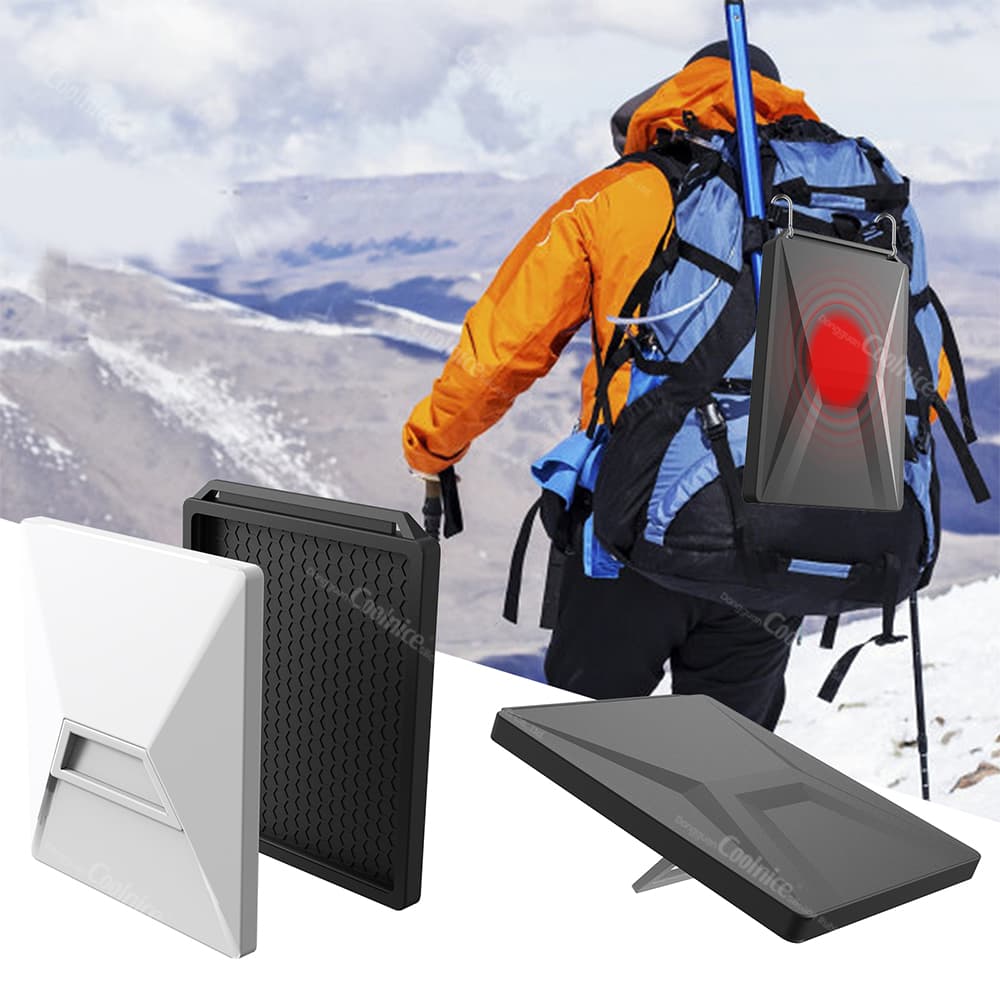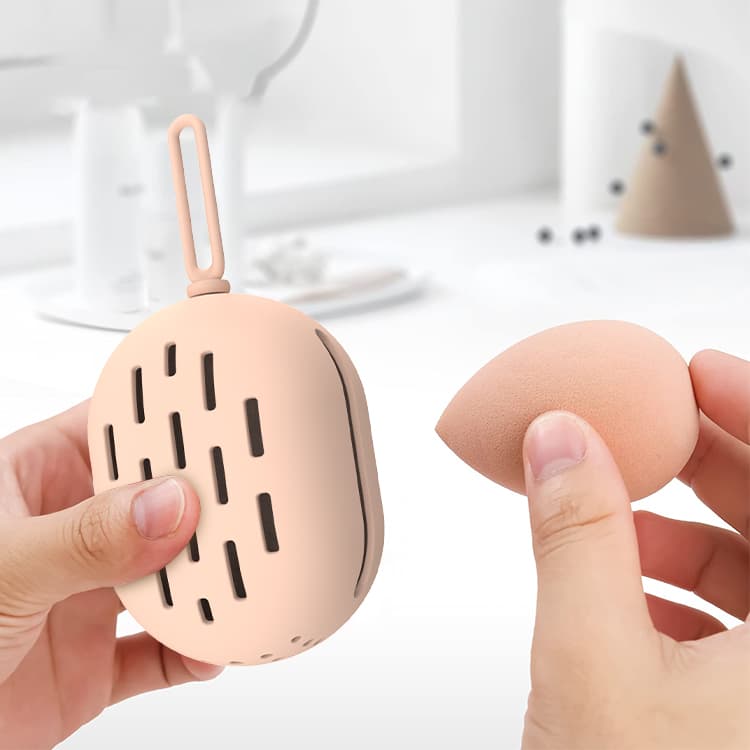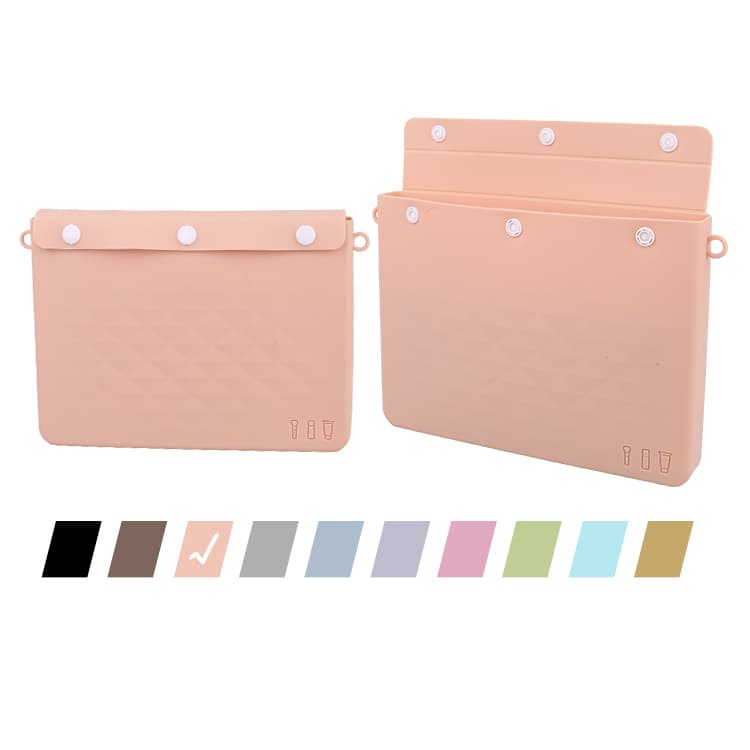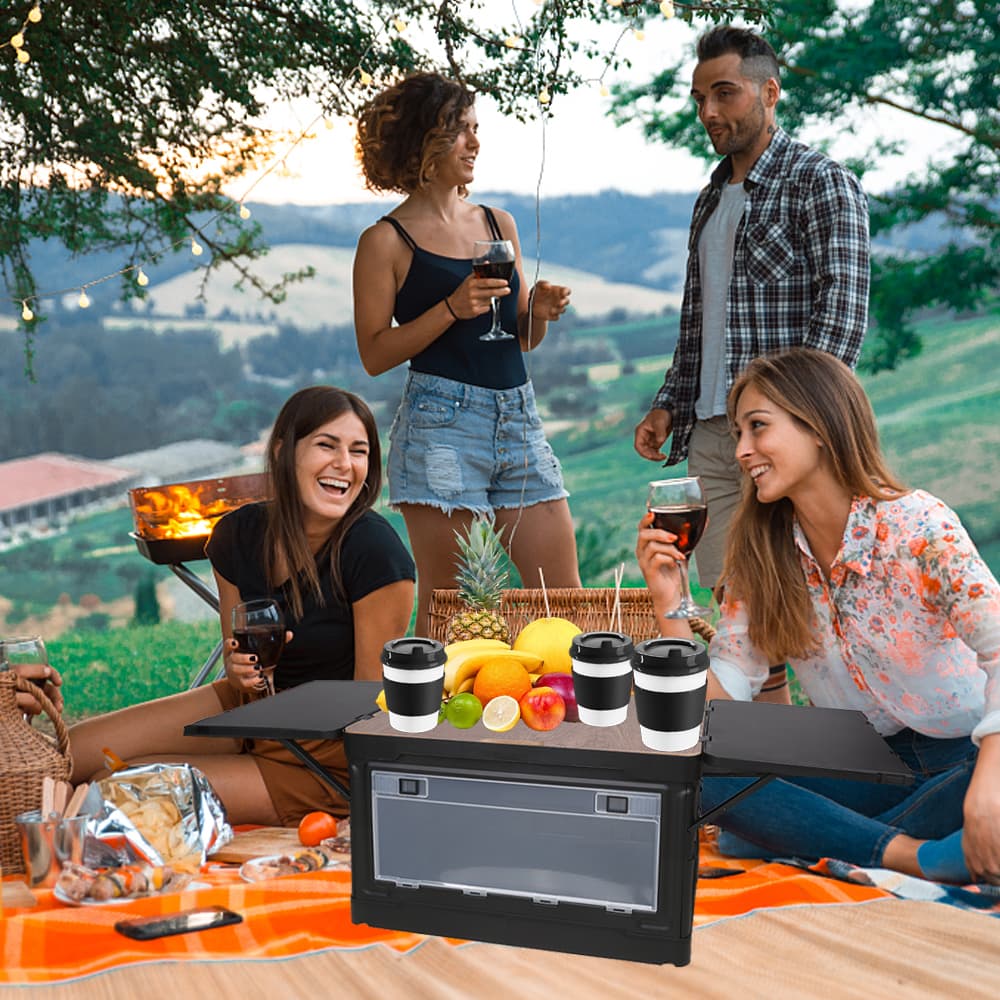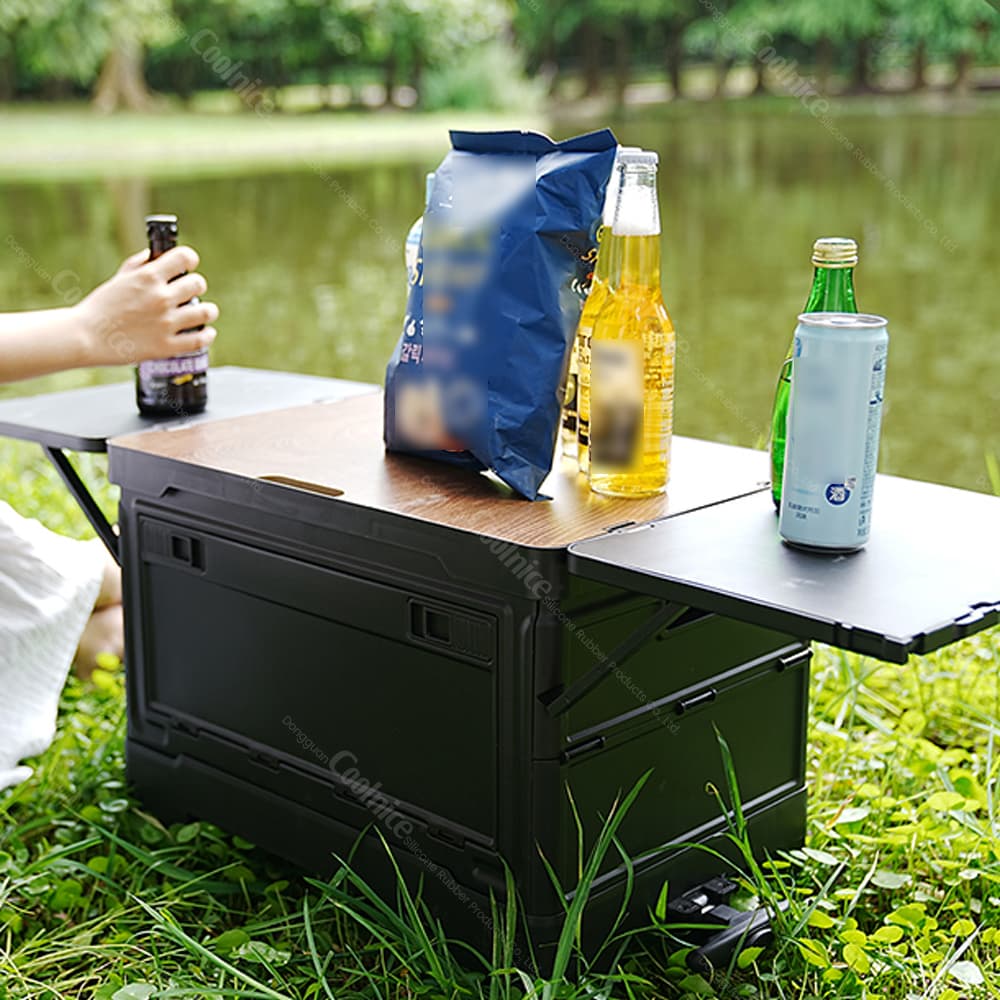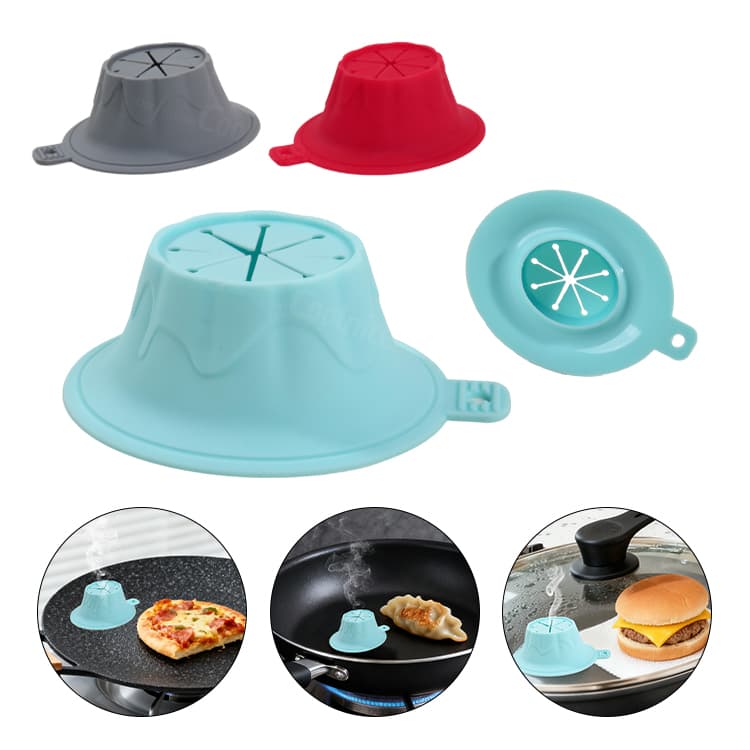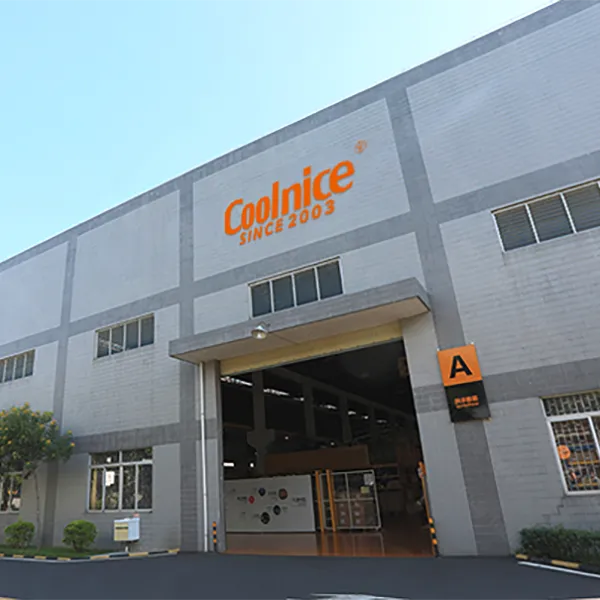Is Silicone Better Than Plastic? A Fresh, Task-First Guide (2025)
Many shoppers and product teams ask the same thing: is silicone better than plastic? Both look clean and light. Both can be safe when used right. Yet they behave very differently in heat, cold, flex, and daily washing. This guide uses plain language, real-life tests, and a fast decision map so you can choose with confidence.
![]()
What Really Changes the Answer
Silicone is an elastomer with a silicon–oxygen chain. Most plastics are thermoplastics with carbon chains. That backbone gap explains why silicone versus plastic feels so different in the kitchen or nursery.
Silicone keeps its shape near oven-level heat within its rating. It also stays flexible in freezers. Many plastics soften near boiling and may turn brittle in deep cold. This is one reason people ask is silicone better than plastic for tools that face heat or frost.
Silicone bends and springs back. It resists taking a “set” after pressure. Some plastics crease or stay bent. If a part must flex every day, this difference can matter more than price. The difference between silicone and plastic starts here.
Cleaning is also easier. Silicone has a smooth surface. Strong sauces rinse off if you wash soon. Some plastics keep curry or coffee smell. When quick cleanup is key, silicone saves time and keeps tools fresh.
Budget counts. Plastics often win on up-front price and fast cycles. Silicone costs more at first but can last longer in hot, wet, or flexible jobs. When you ask is silicone better than plastic, think about years of use, not just today’s ticket.
![]()
Safety Signals You Care About
Is silicone the same as plastic?
No. Silicone belongs with rubbers, not with PP, PE, PET, or PVC. That is the core difference between silicone and plastic and the reason they act so differently under heat and flex.
Food contact and temperature limits
Food-grade silicone is designed for cooking and dishwashing within the maker’s rating. Stay inside that number. For plastics, check whether the part is microwave-safe, dishwasher-safe, or intended only for cool storage. This detail decides many “is silicone better than plastic” debates at home.
Does silicone release microplastics?
Microplastics are tiny solid polymer bits. Silicone is an elastomer and does not behave like thin films that flake easily. In normal kitchen use and within limits, quality silicone wears slowly. Harsh scrub pads, over-heating, or old, sticky tools can shed small particles. Replace worn parts on time. If you keep to the rating, does silicone release microplastics is rarely a concern.
Is silicone BPA free?
Food-grade silicone does not require BPA to perform. Buy from trusted brands, follow the heat limit, and retire pieces that become chalky, cracked, or sticky. Many parents ask is silicone better than plastic for this point alone when choosing nipples and spoons.
Is silicone a plastic or rubber?
Silicone is rubber-like. It behaves closer to rubber than to plastic, especially in heat and repeated bending. This is why is silicone better than plastic often gets a “yes” for hot tools and seals.
Real-World Scenes: Choose by Task
Cooking & Baking
Spatulas, bake mats, hot-lid seals, and oven-side grips face heat and flex. For these tasks, is silicone better than plastic for cooking? In most homes, yes. Silicone holds shape near heat, cleans well, and resists warping. If you only prep cold salads or room-temp batter, a plastic tool can still be fine.
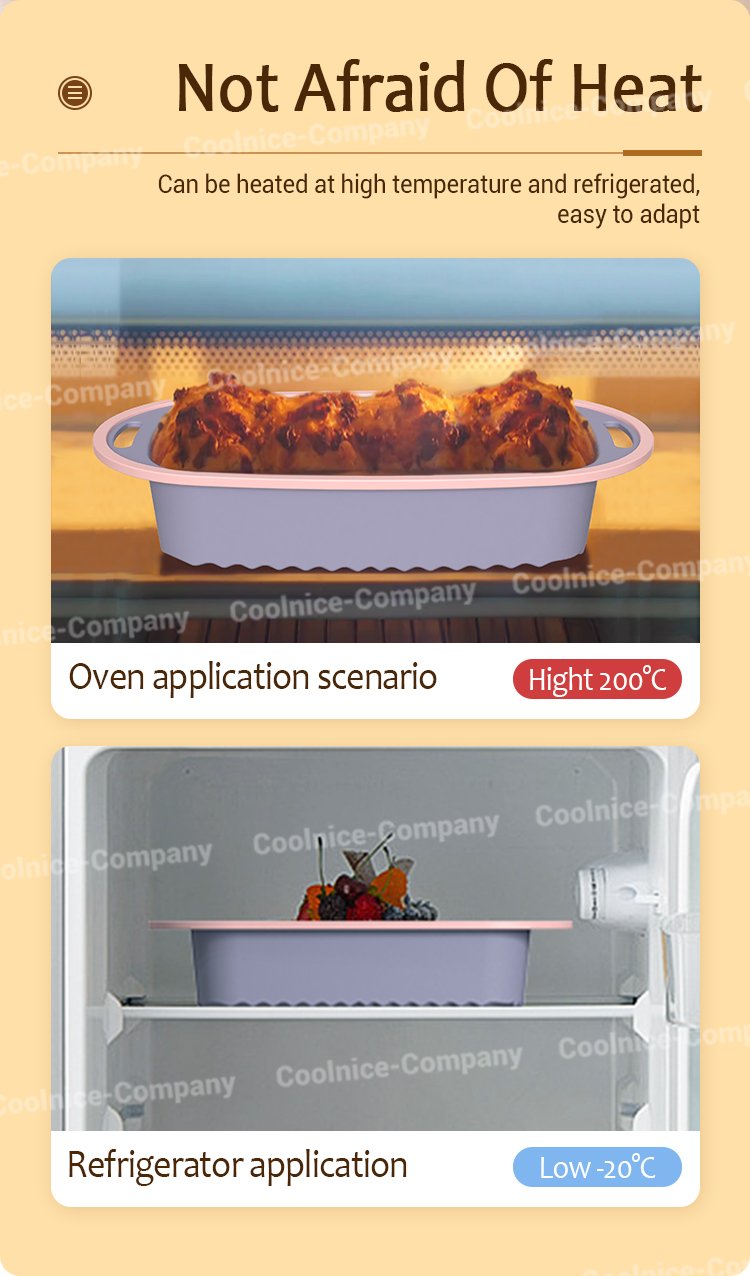
Rigid pieces near the stove
If the item must be rigid (like a measuring cup or a storage bin), a rated plastic can work—just keep it away from hot pans. For direct heat, pick silicone or metal. That choice keeps the silicon vs plastic spelling trap out of your way: use silicone for heat.
Baby Care

Food-grade silicone nipples, spoons, and teether parts tolerate boiling, steam, and dishwashers within rating. They keep shape after many cycles. For fridge-only puree storage, a rigid plastic box stacks better and costs less. In a nursery, the job decides whether is silicone better than plastic for your day-to-day routine.
Pacifiers and brush heads
Replace any mouth-contact piece that turns sticky, torn, or cloudy. This lowers wear and reduces any small-particle risk over time.
Freezer, Fridge, and Pantry
Silicone bags seal well and stay flexible when cold. They handle freezer-to-warm moves and marinating without cracking. Plastic bins protect brittle snacks and stack neatly. Cold flex favors silicone; rigid stacking favors plastic. The question is silicone better than plastic will flip based on these needs.
Meal prep routines
If you batch-cook and reheat often, silicone bags and lids shine. If you store dry goods at room temperature, plastic boxes are light, clear, and space-efficient.
On-the-Go Cups and Lids
Silicone gaskets keep travel cups leak-resistant in heat and cold. Many plastic lids work fine for cool drinks. If you pour hot tea daily, silicone seals and sleeves hold up better. For iced drinks and low cost, plastic can still be the smart pick.
Odor and staining
Silicone resists strong sauces when washed soon. Some plastics hold odor. If that bothers you, pick silicone for hot and oily tasks. This is another case where is silicone better than plastic gets a “yes”.
Design & Build Notes
Does silicone stick to plastic?
Not by itself. The surfaces are different. If you must join them, use a primer plus a rated adhesive, or design mechanical locks such as ribs, holes, and undercuts. Always test after hot and cold cycles. Good tests make “is silicone better than plastic in your assembly” a clear, safe choice.
Over-molding tips
For two-shot builds, use a tie-layer or traps so the part works even if chemistry varies. Peel strength after aging matters more than initial feel. Good fixtures and simple geometry reduce scrap and save cost.
Choosing grades that match the job
Silicone: select food-grade for kitchen and baby; special grades for oil, fuel, or medical use.
Plastics: pick freezer-safe, dishwasher-safe, or impact-resistant grades; avoid heat where not rated.
Label what users need
Print max temperature, safe appliances, and simple care rules. Clear labels prevent misuse and reduce returns. Good labels also keep warranty claims down and protect your brand.
Rapid Choice: Five Triggers + Task Map
You can answer is silicone better than plastic in seconds by checking these five triggers.
![]()
- Heat or steam involved? Yes → silicone.
- Needs to bend and spring back? Yes → silicone.
- Room-temp, rigid, stackable storage? Yes → plastic.
- Odor or stain control matters? Yes → silicone.
- Ultra-tight budget, cool use only? Yes → plastic.
Task map(one-line rules)
Hot tools(spatulas, bake mats, hot lids)→ silicone.
Cold, stackable bins(pantry/fridge boxes)→ plastic.
Freezer-to-warm bags → silicone.
Kids spoons & nipples → food-grade silicone.
Rigid lunch boxes → durable plastic.
Myths & Plain Facts
silicone versus plastic:which term is right?
Both phrases ask the same thing. It’s elastomer vs thermoplastic. Pick by task, not by name. This keeps is silicone better than plastic focused on real use, not labels.
why is silicone better than plastic near heat?
Silicone stays stable near oven-level heat (within rating), resists warping, and rebounds after bending. That is why cooks often prefer silicone spatulas and mats for daily prep.
is silicone plastic? is silicone a type of plastic? is silicone made of plastic?
No in each case. The backbones and heat responses are different. This is the core difference between silicone and plastic and the reason they do not swap roles in hot jobs.
silicon vs plastic—does spelling matter?
Yes. Silicon (no “e”) is an element from sand and rock. Silicone is the man-made polymer used in bake mats and nipples. For products, compare silicone vs plastic, not silicon vs plastic.
is silica a plastic?
No. Silica (SiO₂) is mineral. It helps make silicone, but silica itself is not plastic. The phrase silicone plastics that you see in menus usually means pages comparing the two, not a single mixed material.
does silicone release microplastics? does silicone give off microplastics? does silicone shed microplastics? does silicone have microplastics?
Quality silicone does not contain microplastics as an ingredient. Any material can wear if abused. Stay within the labeled temperature, avoid harsh scrubbing, and replace worn items. If a piece becomes chalky, cracked, or sticky, retire it.
does silicone biodegrade?
Not in normal settings. The green win comes from long service life and fewer replacements. If you want less waste, buy fewer items, choose well, and use them longer.
is silicone safer than plastic? is silicone safer than plastic for food?
For hot tools and steam, often yes. For cool and rigid storage, durable plastic can be safe and practical when used as directed. This balanced view makes is silicone better than plastic an easy call by task.
Conclusion
So, is silicone better than plastic? For heat, flex, steam, and many wash cycles, silicone usually wins. It keeps shape, resists stains, and feels safe in the hand. For cool storage, rigid stacking, and tight budgets, durable plastic still makes sense. Use the five triggers and task map above. Match the tool to the task, buy from trusted makers, follow labeled limits, and replace worn parts on time. With this method, your answer to is silicone better than plastic will stay clear, safe, and cost-smart—every time you shop or design.




